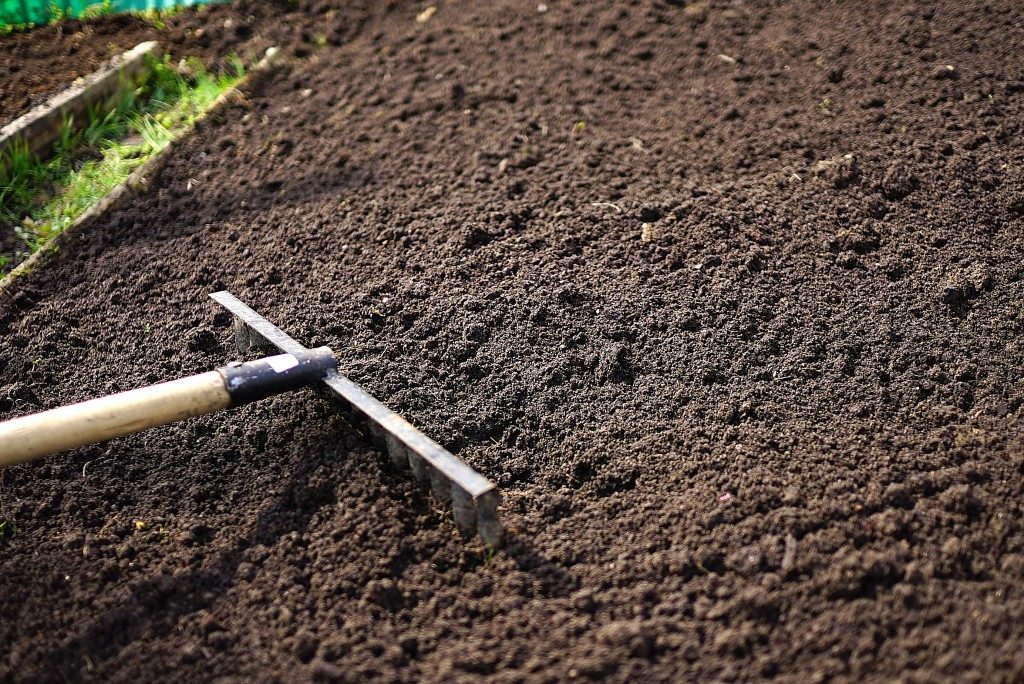Many people associate the cold weather with drinking hot chocolate and sitting in front of a fireplace. However, for a percentage of the population, it is a time of sadness, fatigue, and isolation.
Wishing the Winter Blues Away
The phenomenon has been dubbed “the winter blues.” It is different from seasonal affective disorder (SAD), a type of depression that commonly occurs along with freezing temperatures. Those who have the winter blues feel sad, experience trouble sleeping, and have zero motivation to be productive. The symptoms of the seasonal affective disorder are similar, but it starts to interfere with the patient’s ability to function daily.
Many experts theorize that the gloomy emotions that many people have during fall and winter are related to the lack of sunlight. During these months, those days are shorter. People wake up and go to work while it is still dark outside. By the time they go home, it is already dark again. It is influencing people not to go out at all because nighttime arrives so early.
Without exposure to sunlight, the body cannot create vitamin D, a vital nutrient that affects everything, including mood regulation. The risk of vitamin D deficiency is higher during winter because there is little sunlight reaching the countries in higher latitudes.
Why Gardening
Typically, to get more sunlight, people are recommended to start gardening. The hobby has risen in popularity among young people in recent years.
Previous studies have found that gardening has a positive impact on a person’s mental health. In one study, a team of researchers conducted a review of multiple papers on the subject. It concluded that horticultural activities yield benefits to emotional, social, spiritual, vocational, and physical well-being. Those who experience anxiety and depression reportedly alleviated their symptoms when they started gardening.
Another study found that spending time in green spaces, even for just a few seconds, can improve mood. However, during winter, the ground is frozen. It is too cold for many plants to thrive. The reduced daylight also makes caring for vegetation more challenging.
So, what can be done? How will people defeat the winter blues through gardening when it is too cold outdoors for many plants to survive? It is possible.
Gardening in Winter
People who love gardening and see themselves engaging in the hobby for a long time should invest in a greenhouse. These structures are designed to ensure that plants can continue to grow despite the freezing temperature.
A more eco-friendly version, called cold winter greenhouse or deep winter greenhouse, limits the use of fossil fuels to provide heat to growing plants. These buildings adopt strategies to increase the temperature inside while reducing energy consumption. These strategies include using glass on the south side to allow the light and heat of the sun to come in, and reflective surfaces are used in interior walls to further increase warmth.
With a greenhouse, you can continue growing different flowers or produce throughout the year. The activity will give you something to care for and look forward to. It is an excuse to go outside every day, when the sun is shining, to ensure that your plants are in good condition. It is also a physical activity that will aid in improving your mood.
But if a greenhouse is not possible because of budget and space limitations, there are other ways to enjoy gardening. Many people already have at least one indoor plant, which is something that many people add to their home as part of the decor. Tending to indoor plants and watching them grow will have a positive effect on your mental health.
You can create a miniature garden near a window so that your plants can still get enough sunlight. Another option is a terrarium, a tiny indoor gardening container usually encased in glass. A fully-closed terrarium is an entire ecosystem of its own, entirely sufficient and, therefore, does not require upkeep.
In addition, you can make your home look alive and colorful by buying fresh flower bouquets for yourself. It is not a permanent solution, but it can lift your mood in an instant. It still gives you feelings that you are staring at the natural environment and hope for better days with flowers around you.
The winter blues arrive, like clockwork, to many people. If not addressed, it may develop into a more serious seasonal affective disorder. However, while you experience the winter blues every year, you can manage your negative emotions through gardening or, simply, surrounding yourself with plants and flowers.


